The difference between bistro and restaurant is often subtle but important. While both terms describe places where food is served, they represent distinct traditions, atmospheres, and purposes. A restaurant is a broad concept that includes every type of dining establishment, from casual eateries to luxury fine dining venues. A bistro, on the other hand, is a more specific type of restaurant with its own origins, style, and philosophy. Understanding the distinction helps diners choose the experience they want and helps owners define the identity of their businesses.
The Origins of the Bistro
The word “bistro” comes from France, where small neighborhood eateries served simple, affordable meals in an intimate setting.
Historical Background
Bistros began as casual, family-run establishments in Paris. They offered hearty dishes like stews, roasted meats, and soups at reasonable prices, attracting workers and locals who wanted quick yet satisfying meals.
The Cultural Identity
Over time, the bistro became an iconic part of French dining culture. It symbolized comfort, authenticity, and accessibility. While modern bistros may add contemporary touches, they still emphasize familiarity and simplicity.

The Broad Concept of a Restaurant
In contrast, the term “restaurant” covers the entire spectrum of dining establishments.
Flexibility of the Term
A restaurant can be a fast-food chain, a casual diner, a mid-range family venue, or a high-end fine dining location. The word simply means a place where meals are prepared and served to paying customers.
Global Adaptation
Restaurants exist in every culture, adapting to local tastes and traditions. From sushi restaurants in Japan to steak houses in the United States, the variety reflects the diversity of global cuisine.
Key Differences Between Bistro and Restaurant
Menu and Food Style
Bistros usually feature smaller, simpler menus with dishes that are easy to prepare and comforting. Restaurants may offer extensive menus that include appetizers, main courses, desserts, and specialty items.
Atmosphere
A bistro is often casual and intimate, with modest décor and a cozy feel. A restaurant’s atmosphere can vary widely – from informal to highly formal.
Service Style
Bistro service tends to be straightforward and efficient. Restaurants may provide anything from quick self-service to elaborate fine dining service with multiple courses.
Pricing
Bistros are typically affordable, targeting everyday customers. Restaurants cover the full pricing spectrum, from budget-friendly to luxury.
Target Audience
Bistros attract people looking for casual, home-style meals, often within their neighborhood. Restaurants serve broader audiences, including tourists, families, professionals, and high-end clients.
Why Diners Choose a Bistro
Bistros remain popular because of their comfort and accessibility.
- Familiar Dishes: People often visit bistros for foods they already know and love.
- Quick and Convenient: Meals are served promptly, making them ideal for lunch breaks or casual dinners.
- Community Atmosphere: Bistros are neighborhood-oriented, often building long-term relationships with regular customers.
Why Diners Choose a Restaurant
Restaurants appeal to those seeking variety and choice.
- Diverse Menus: Restaurants may offer international dishes, fusion cuisine, or specialty items.
- Occasion Dining: People choose restaurants for celebrations, business meetings, or special events.
- Range of Experiences: Restaurants can provide casual comfort or luxury sophistication depending on their style.
The Role of Ambience in Both
Ambience is one of the clearest indicators of the difference between bistro and restaurant.
-
Bistros and Coziness
Bistros often feature small spaces, warm lighting, and informal décor. The focus is on comfort rather than design.
-
Restaurants and Versatility
Restaurants vary widely in their interiors. Some focus on minimalism, others on luxury, and some even on themed designs. The flexibility of a restaurant’s concept allows for more creativity.
Business Perspective: Bistro vs. Restaurant
For entrepreneurs, the choice between opening a bistro or a restaurant is strategic.
-
Operational Differences
Bistros often have smaller staff, simpler menus, and lower operating costs. Restaurants may require larger teams, extensive kitchens, and higher investments.
-
Branding and Marketing
A bistro markets itself as approachable and neighborhood-focused. A restaurant markets itself based on its theme, cuisine, or level of sophistication.
-
Customer Loyalty
Bistros thrive on regular customers from nearby areas. Restaurants attract both repeat visitors and one-time guests seeking a specific experience.

Global Adaptations of the Bistro Concept
Outside France, the concept of the bistro has adapted to different cultures. In cities like Cairo, London, or New York, bistros often combine traditional French influences with local flavors. They maintain the same core identity – cozy, affordable, and welcoming – but adjust menus to suit regional preferences.
The Future of Bistros and Restaurants
Both bistros and restaurants will continue to evolve with changing lifestyles. Bistros may incorporate healthier menus or fusion dishes, while restaurants will explore immersive dining, sustainability, and technology integration. The future lies in versatility, with establishments offering experiences that reflect both tradition and innovation.
Finally
The difference between bistro and restaurant lies in focus and identity. A bistro is a smaller, casual, community-oriented place offering simple and hearty meals, while a restaurant is a broader concept covering everything from street food outlets to luxury fine dining. For diners, the choice depends on mood, budget, and occasion. For entrepreneurs, it is about defining the experience they want to deliver. Both remain central to global dining culture, offering unique ways to enjoy food and connect with people.
 Phone: +010 50 855 838
Phone: +010 50 855 838  Email: restaurant@asperogroup.com
Email: restaurant@asperogroup.com 


Comments are closed